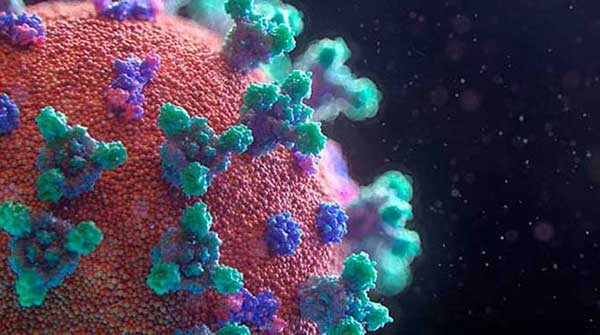 It has become routine for Canadians to listen to the daily national COVID-19 briefing. We wait to learn about the current state of affairs and whose turn it is to receive financial aid. A million here, a billion there.
It has become routine for Canadians to listen to the daily national COVID-19 briefing. We wait to learn about the current state of affairs and whose turn it is to receive financial aid. A million here, a billion there.
The programs include:
- $300 billion to the Office of the Superintendent of Financial Institutions to free up capital for the banks;
- $200 billion through the Bank of Canada and Canada Mortgage and Housing Corp. for liquidity support;
- $85 billion for income and sales tax deferrals;
- $286 billion directly to businesses, workers and the agricultural sector.
Our political decision-makers have reassured the public there is no limit to the measures that will be taken to flatten the curve, and they certainly have demonstrated it.
In the meantime, the mainstream media, public officials, bureaucrats and social media have done a stellar job informing, reminding and lecturing the public of the seriousness of this catastrophic health crisis.
However, very few have focused on the financial aftermath of the flatten-the-curve strategies taken by governments.
What has been revealed are the many real public policy challenges that have been percolating under the surface of our social media utopia. Shaken hard back to reality have been things that we have taken for granted, such as freedom of physical assembly, freedom of mobility, the education curriculum, workplace environments, financial security, debt levels and our economic independence.
The pre-COVID-19 national debt was approximately $685.5 billion. The post-virus national debt is estimated to reach more than $900 billion.
Based on the Canadian government’s fiscal performance over its existence, that debt will never be paid!
Suppose Canada is lucky enough to survive another 250 years, to pay off $900 billion (not accounting for interest or inflation). The government would need to pay approximately $3.8 billion every year for 250 years. Or, to pay off the debt in say 80 or 85 years, the government would need to pay at least $10 billion a year.
Today’s marketplace and available financing options mean almost everything takes on long-term financing. So unpayable government debt may elicit shrugs of indifference.
Most people know if you don’t pay off private debt, your creditors can seize your assets and cut off future financing.
However, when a government defaults on its unsustainable debt, it causes many spillover effects. These include:
- a drop in economic growth of between two and six percent a year, which results in four to 12 percent more unemployment;
- trade volumes fall by about seven percent a year for 10 or more years;
- foreign direct investment drops up to two percent of gross domestic product;
- the stock market value of domestic business significantly reduces, in particular for exporters;
- domestic businesses find it more difficult to access foreign capital markets;
- the cost of borrowing increases, as does the cost of imported inputs.
All of this lowers economic growth even more.
In addition, government defaults harm banking and other institutions that hold large amounts of government debt. This became quite apparent during the Eurozone crisis. Default risk in economies with large financial sectors (like Canada) can result in credit shortages and a banking crisis.
The financial sector includes major bondholders, such as investment funds (holding our life savings) and pension funds.
Who cares?
It depends how you view your future, and that of your children and grandchildren, or your parents’ or grandparents’ future.
It might be time to seriously contemplate how to flatten the debt curve once we get through flattening the COVID-19 one.
Gerard A. Lucyshyn is the vice-president of research and a senior fellow with the Frontier Centre for Public Policy.
The views, opinions and positions expressed by columnists and contributors are the author’s alone. They do not inherently or expressly reflect the views, opinions and/or positions of our publication.


